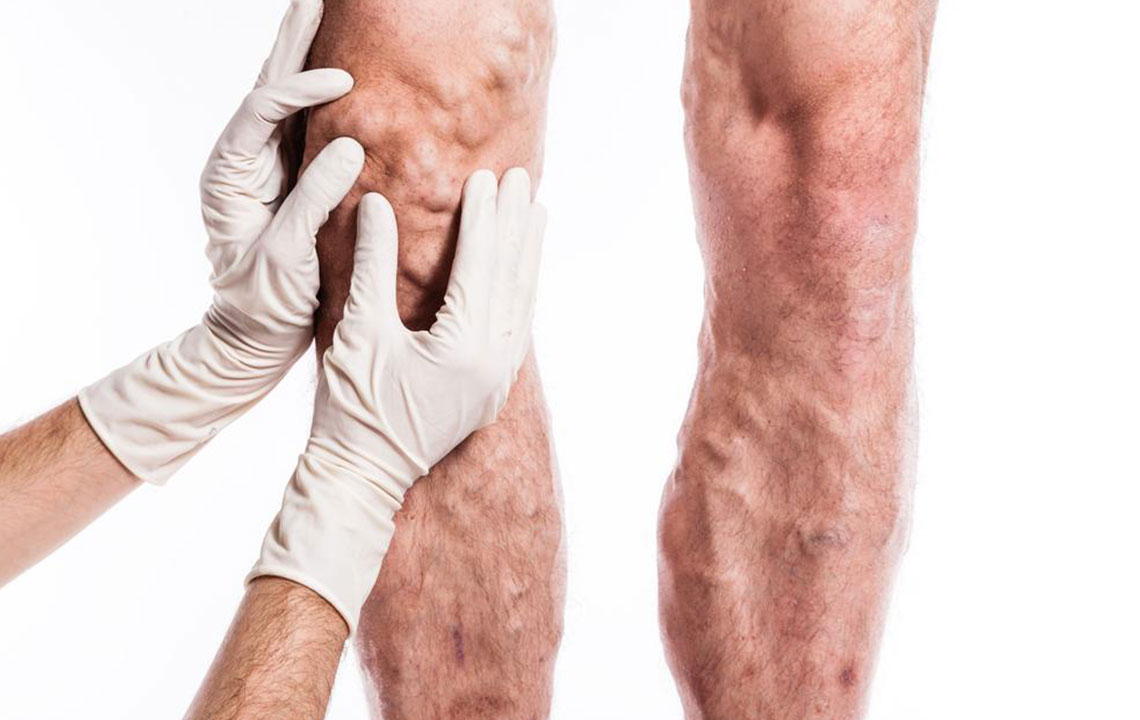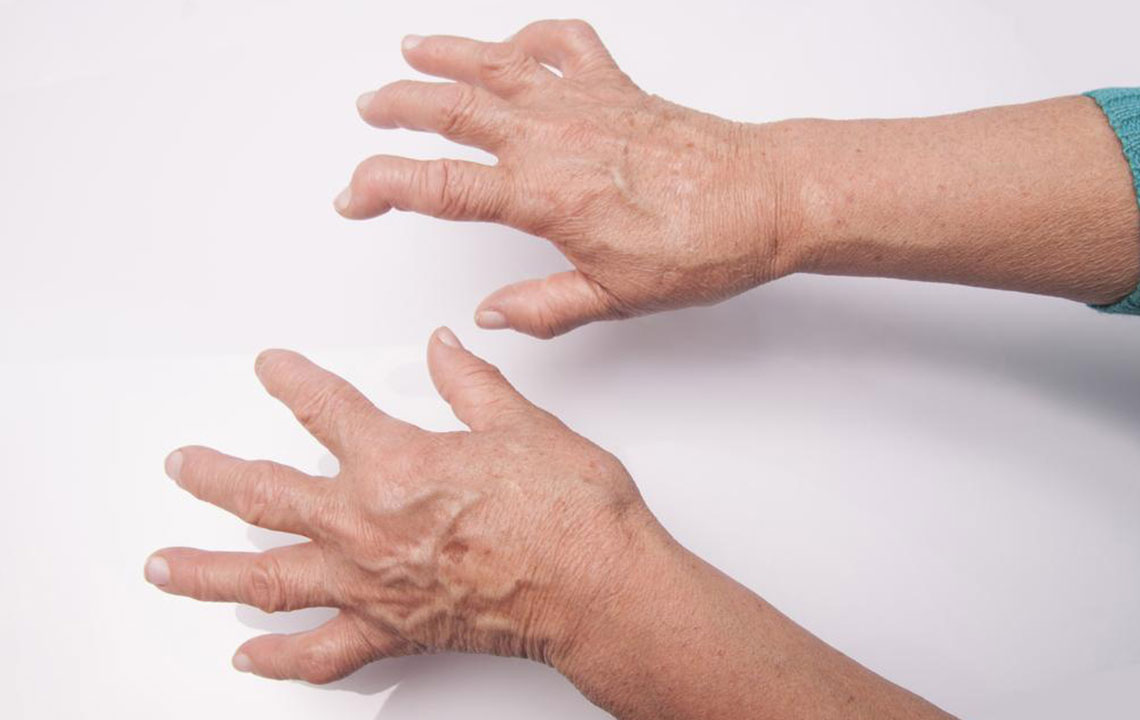Early Detection of Deep Vein Thrombosis: Key Symptoms and Precautions
Learn how to identify deep vein thrombosis early by recognizing key symptoms such as leg swelling, pain, and skin color changes. Prompt medical attention is vital for effective treatment and prevention of complications. Regular health check-ups and awareness can help detect DVT at an early stage, reducing health risks.

Early Signs and Symptoms of Deep Vein Thrombosis
Recognizing early symptoms of a disease significantly increases the chances of successful treatment. Deep vein thrombosis (DVT) occurs when blood clots develop in deep veins, typically in the legs. Often, individuals overlook warning signs, mistaking them for minor issues like insect bites or muscle strain. However, understanding DVT symptoms is crucial for prompt diagnosis.
Common indicators include swelling, redness, and warmth in one leg or ankle, accompanied by pain, especially around the calf muscles. Some may notice skin discoloration turning blue or red. In certain cases, no visible symptoms are present, but unexplained, recurring leg pain may be a warning sign.
If you experience these symptoms, seek medical attention promptly to initiate appropriate treatment and minimize risks. Timely intervention is essential for effective management of DVT. Regular check-ups and awareness efforts can prevent late-stage diagnosis, which poses serious health threats.
Note: The information provided here is for educational purposes only. Consult healthcare professionals for personalized medical advice. Self-diagnosis and treatment are not recommended.










